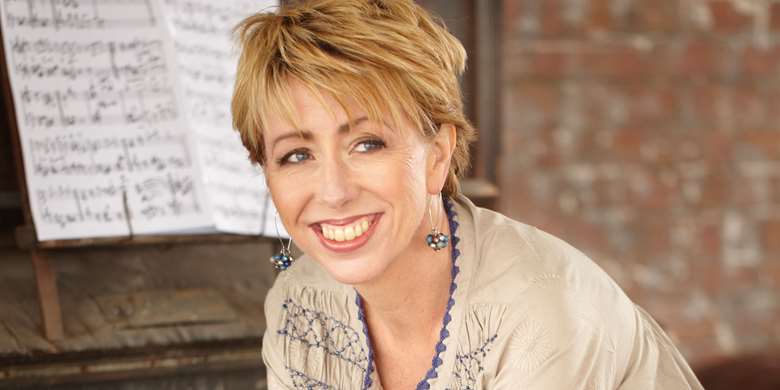Nikki Iles interview: “I think there’s so much more scope now for women to come through. It’s really wonderful.”
Selwyn Harris
Monday, May 4, 2020
British big band jazz’s unsung heroine, pianist-composer-leader Nikki Iles has for years been working quietly and diligently to further the art of the ensemble. On the eve of a nationwide tour with her new orchestra, she spoke to Selwyn Harris about ‘women in jazz’, her life as a composer and about being a team player


Register now to continue reading

Thank you for visiting Jazzwise.co.uk. Sign up for a free account today to enjoy the following benefits:
- Free access to 3 subscriber-only articles per month
- Unlimited access to our news, live reviews and artist pages
- Free email newsletter